All Features

Devshree Golecha
In this era of artificial intelligence, where bots can mimic human minds and outperform humans, a new-age process automation tool called “robotic process automation” (RPA) has been creating a lot of buzz. It is highly versatile and can be used by every industry to streamline and optimize their…
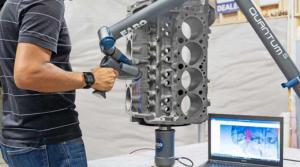
Mike Richman
Technological breakthroughs tend to change the way users perceive of a problem, offering a solution that, in retrospect, comes to seem obvious and apparent. So it is with the new FARO 8-Axis Quantum ScanArm and FaroArm.
“This is such an obvious solution to a challenge that every single portable-arm…

Mike Richman
Our industry embodies many aspects, but “Big Q” quality generally involves issues affecting management, measurement, and methodologies. This week on QDL, we covered all of them, and more. Let’s look closer:
“Ripped from the Headlines: Tariff Fallout” U.S. manufacturers are currently dealing with…
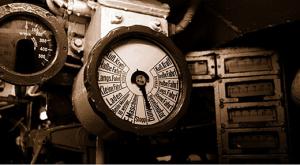
Eric Gasper
Measurement devices in manufacturing facilities are as ubiquitous as Skittles in trick-or-treat bags. Some companies have thousands of devices in their inventories and depend on them to provide accurate information. This is why timely calibration of all measurement devices is critical to…

Mike Richman
Leaders lead. Those two simple words conceal the complicated fact that being a change agent means confronting the failures of the past and confidently facing the promise of the future. Stories addressing these facts, along with hot takes on current news and a preview of an exciting upcoming webinar…
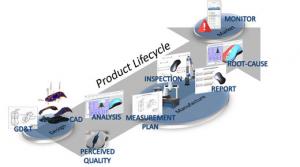
Gary Bell
It is all too common in the industry: A part design is created and sent out for production only to hit repeated snags as questions arise about datums, locators, symbols, and values. Even simple misunderstandings, such as where the geometric dimensioning and tolerancing (GD&T) lines terminate,…
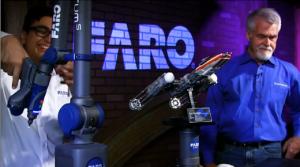
Mike Richman
One of the highlights on our calendar each year is the first Friday in October, which is Manufacturing Day here in the United States. This event offers us the perfect opportunity to celebrate the centrality of manufacturing as a driver of the economy, innovation, automation, education, and lots…
The National Institute of Standards and Technology (NIST*) is a nonregulatory federal agency of the Department of Commerce and is the national metrology institute of the United States. NIST’s role in the development of voluntary consensus standards (VCS) is rooted in many policy decisions and…

Dirk Dusharme @ Quality Digest
During the past five to 10 years, the United States has seen more industry and academic institutions embrace apprenticeship programs. According to the Bureau of Labor Statistics, from 2013 to 2017, the number of those participating in apprenticeship programs grew from 375,000 to almost 534,000, an…
Scott Sandwith
The Coordinate Metrology Society (CMS) continues its support and coverage of advancements in the precision dimensional metrology industry, as it has done for more than three decades. One of our key strengths has been the professional women in our membership ranks. They have been and continue to be…
CMSC
The Coordinate Metrology Society (CMS) has launched a new digital library of original technical papers delivered by metrology experts over the past 12 years at its annual conference—the Coordinate Metrology Society Conference (CMSC). The library is an online archival of more than 100 technical…
Belinda Jones
The PrecisionPath Consortium (PPC) for Large-Scale Manufacturing has completed and released their Technology Road Map for Large-Scale Manufacturing. The consortium is a collaboration of commercial-industry partners, the Coordinate Metrology Society, and the UNC Charlotte working to determine and…
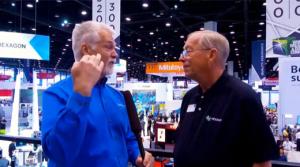
Mike Richman
IMTS was a blast, but it was great to be back home in lovely Northern California this week. On this episode of QDL, we covered the skills that workers need and the innovations that organizations want. Plus, we brought you a live interview with author Mark Graban, and one on tape from Burt Mason of…
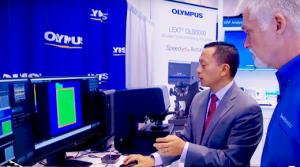
Dirk Dusharme @ Quality Digest
We’re almost done with another great IMTS, and we had a ball seeing old friends and meeting new ones while bringing you all the action right here on QDL. In this, our final episode from Chicago, we talked about the nature of the customer journey and how to motivate your team. Plus we had an in-…
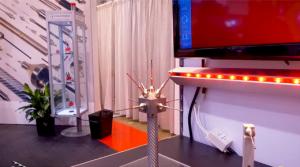
Mike Richman
With more than 110,000 expected attendees, IMTS is Chicago’s hottest suburb this week. (I like to refer to it as “Manufactureville.”) Here’s what we covered during our second show of the week, from the booth of today’s sponsor, Q-Mark Manufacturing:
“Tapping Your Employee’s Knowledge”
It’s no…
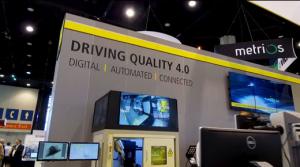
Dirk Dusharme @ Quality Digest
We arrived in Chicago over the weekend to luxuriously appointed accommodations and much fanfare (that’s how it is when you’re the cast and crew of the No. 1 talk show in the quality industry). In our first episodes of Quality Digest Live from the floor of IMTS 2018, we were truly given the red-…
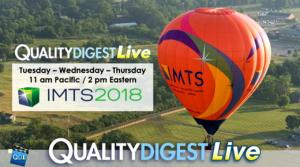
Mike Richman
IMTS is almost here, so we previewed the show, considered an important industry-academia partnership within manufacturing, and asked serious questions about the nature of motivation. Let’s take a look:
IMTS Preview
Dirk, I, and much of the Quality Digest Live crew will be in Chicago next week for…
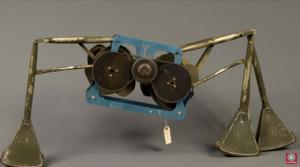
Mike Richman
This week’s show contained a range of fun and interesting content from some of our favorite corners of the world of quality. Here’s what we covered:
“More Unidentified Museum Objects”
The National Institute of Standards and Technology has a wealth of crazy old artifacts from measurement days of…
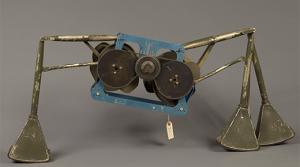
Jason Stoughton
The underground storage shelves of the National Institute of Standards and Technology (NIST) Museum are filled with loads of charmingly weird objects accrued throughout more than a century of scientific work. However, the original purpose of quite a few of these objects is lost in time. They are…
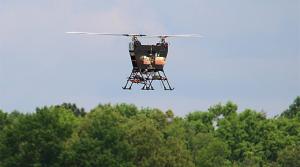
Richard Wilkinson
Whether it’s the effort to redefine the kilogram or researching the Harry Potter realm of quantum mechanics where things can somehow be in two or more places at one time, quite a bit of the science carried out at the National Institute of Standards and Technology (NIST) can be hard for the average…
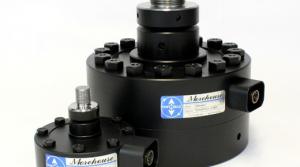
Henry Zumbrun
Load cells are a combination of metal, strain gauges, glue, and more. Over time, fatigue ensures that there will be some instability in the system. Load cell stability or drift is usually assumed to be the amount of change in the entire cell system from one calibration cycle to the next. It is the…
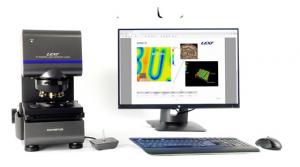
Guangnan Meng
Modern 3D laser confocal scanning microscopes can resolve fine surface topography detail as minute as a few nanometers, quickly and easily. It’s the solution that advanced manufacturing industries turn to for efficient quality assurance surface inspections.
The changing needs of surface and…
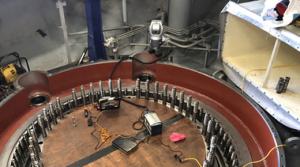
Ryan E. Day
Factory and industrial inspections are the backbones of robust quality assurance programs. Inspection is also an integral part of machine system installation and maintenance, as well as in-situ repairs and retrofits. This is why highly competent individuals who understand the metrology methods of…

Andrew Nobleman
The National Institute of Standards and Technology (NIST) has campuses in Maryland, Colorado, South Carolina, and Hawaii. Now, I know what you’re thinking, “Hawaiian campus? How do I get a job at NIST?”
Perhaps calling it a “campus” is a bit of an exaggeration. Ensconced within the U.S. Navy’s…
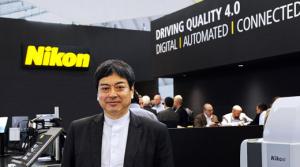
Nikon Metrology Inc.
A recent interview with Tadashi Nakayama, Nikon’s corporate vice president, provides insight into the strategy of the firm’s Industrial Metrology Business Unit, of which he is deputy general manager. In particular, he explained the company’s strategic focus on Quality 4.0, where digital, automated…